#artists for climate
Text


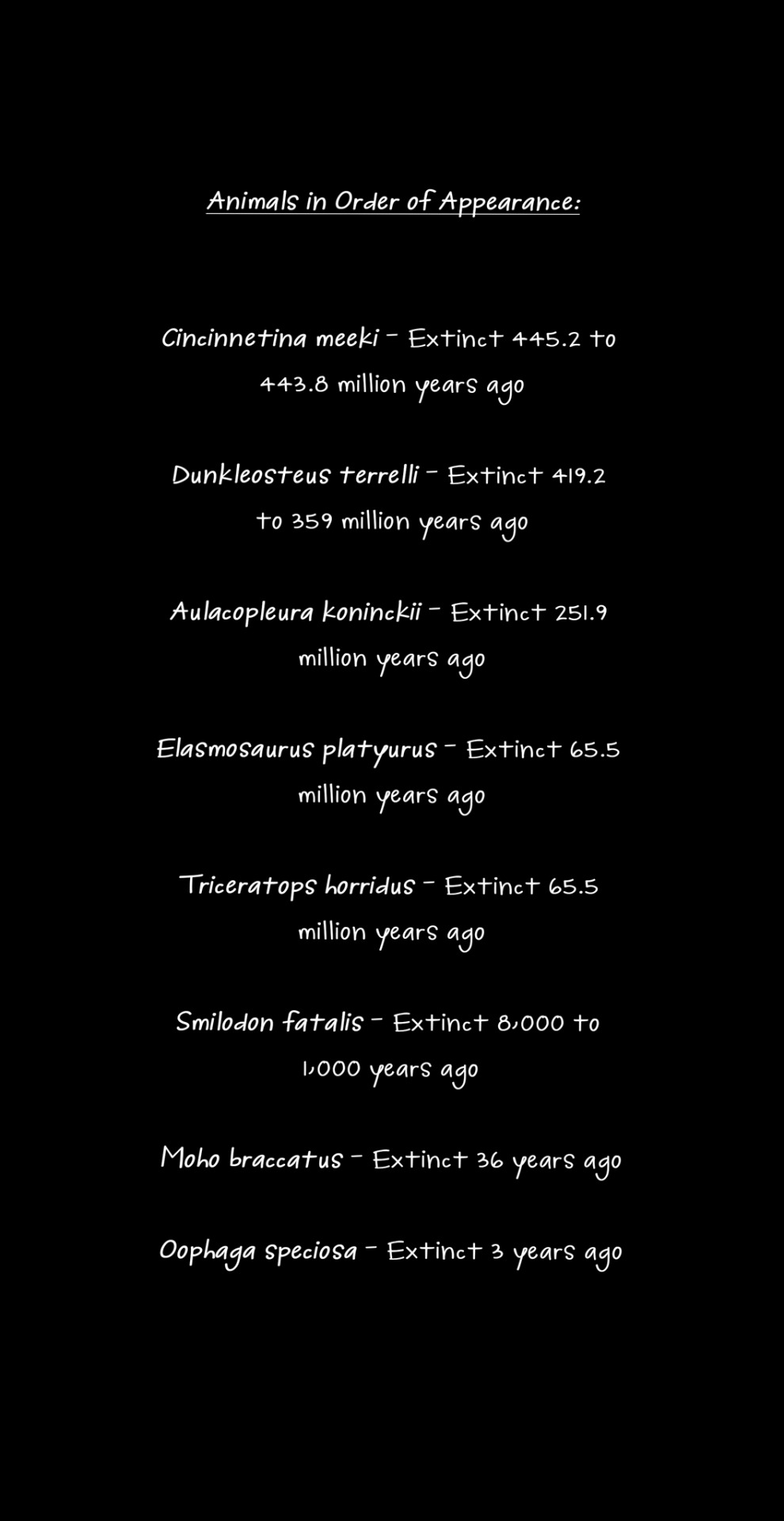

text from porter robinson's "goodbye to a world"
every single animal in this comic is extinct. it's not too late for the ones that are left.
edit: thanks @mudcrabmassacre for the correction, smilodon fatalis did not in fact go extinct in 1023 AD. the actual prediction is around 10,000 years ago - I think i may have missed a zero or two.
#comic#art#environment#conservation#animals#extinct species#fossils#climate change#dinosaurs#ancient life#endangered species#endangered animals#comics#artists on tumblr#digital art#digital comic#my-art
10K notes
·
View notes
Text
there's something deeply gutting about being a writer right now. watching studio execs brag about starving people like you out of your very house just to not pay you anything above the pennies you currently make. watching some people cheer over AO3 being targeted for a DDOS attack. the complete lack of profitability of writing commissions or writing in general in transformative spaces, especially in contrast to fanart. the pivot of so many social media platforms to be video and image based near-exclusively.
I don't know. it just makes me sad to know that the hobby that kept me alive while growing up homeschooled with dial-up internet and local antenna TV... is only ever gonna be a side job with minimal engagement. I know this site is good about supporting libraries and the concept of books but, do me a favor? Reach out to a writer friend you know. Leave a comment on your last five read stories on your favorite website.
Tell us you care.
#maybe that's why I've been so stalled on my novel#I keep trying to convince myself there's a POINT to it#but I look at how BRUTAL the publishing industry is and how I can't even consistently break ten reblogs on writing I post here#and I just. it hurts. and I have other hobbies I could fall back on!!! I could do art and cosplay and cater to the immediate engagement!!#but writing is my LOVE and my PASSION and I just wish. I wish the current climate CARED about us#TALKED to us the way we talk to cosplayers and artists and the chocolate guy#UGH. Wednesday blues hitting me NASTY today
6K notes
·
View notes
Text
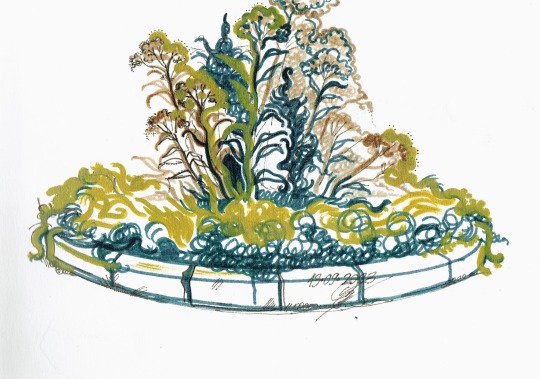
soon the flowers will be gone ❄️
#growing up is realizing you don’t mind winter that much#or maybe it’s just the climate change#… let’s love and cherish snow while we still have it#lebeda art#artists on tumblr
1K notes
·
View notes
Text



t-shirt that reads "I released the Kraken at Climate Pledge Arena and all I got was massive structural damage"
(Prints here!)
#skates? on. kraken? released. dick? out#i am forcibly removed from climate pledge arena#HERE IT IS#THE PIECE THAT TOOK A SOLID MONTH TO MAKE#im so so happy with how it turned out and what i learned along the way#so fucking proud#seattle kraken#hockey#hockey art#my art#artists on tumblr#kraken#climate pledge arena#matty beniers#jared mccann#jordan eberle#vince dunn#adam larsson#philipp grubauer
1K notes
·
View notes
Text

how it started... ✨🍰
#well technically it really started in rio/climate conference but yknow#firstprince#firstprince fanart#red white and royal blue#rwrb#rwrb fanart#rwrb movie#alex x henry#alex claremont diaz#henry fox#prince henry#henry fox mountchristen windsor#henry hannover stuart fox#art#fanart#my art#artists on tumblr
553 notes
·
View notes
Text
Determined to use her skills to fight inequality, South African computer scientist Raesetje Sefala set to work to build algorithms flagging poverty hotspots - developing datasets she hopes will help target aid, new housing, or clinics.
From crop analysis to medical diagnostics, artificial intelligence (AI) is already used in essential tasks worldwide, but Sefala and a growing number of fellow African developers are pioneering it to tackle their continent's particular challenges.
Local knowledge is vital for designing AI-driven solutions that work, Sefala said.
"If you don't have people with diverse experiences doing the research, it's easy to interpret the data in ways that will marginalise others," the 26-year old said from her home in Johannesburg.
Africa is the world's youngest and fastest-growing continent, and tech experts say young, home-grown AI developers have a vital role to play in designing applications to address local problems.
"For Africa to get out of poverty, it will take innovation and this can be revolutionary, because it's Africans doing things for Africa on their own," said Cina Lawson, Togo's minister of digital economy and transformation.
"We need to use cutting-edge solutions to our problems, because you don't solve problems in 2022 using methods of 20 years ago," Lawson told the Thomson Reuters Foundation in a video interview from the West African country.
Digital rights groups warn about AI's use in surveillance and the risk of discrimination, but Sefala said it can also be used to "serve the people behind the data points". ...
'Delivering Health'
As COVID-19 spread around the world in early 2020, government officials in Togo realized urgent action was needed to support informal workers who account for about 80% of the country's workforce, Lawson said.
"If you decide that everybody stays home, it means that this particular person isn't going to eat that day, it's as simple as that," she said.
In 10 days, the government built a mobile payment platform - called Novissi - to distribute cash to the vulnerable.
The government paired up with Innovations for Poverty Action (IPA) think tank and the University of California, Berkeley, to build a poverty map of Togo using satellite imagery.
Using algorithms with the support of GiveDirectly, a nonprofit that uses AI to distribute cash transfers, the recipients earning less than $1.25 per day and living in the poorest districts were identified for a direct cash transfer.
"We texted them saying if you need financial help, please register," Lawson said, adding that beneficiaries' consent and data privacy had been prioritized.
The entire program reached 920,000 beneficiaries in need.
"Machine learning has the advantage of reaching so many people in a very short time and delivering help when people need it most," said Caroline Teti, a Kenya-based GiveDirectly director.
'Zero Representation'
Aiming to boost discussion about AI in Africa, computer scientists Benjamin Rosman and Ulrich Paquet co-founded the Deep Learning Indaba - a week-long gathering that started in South Africa - together with other colleagues in 2017.
"You used to get to the top AI conferences and there was zero representation from Africa, both in terms of papers and people, so we're all about finding cost effective ways to build a community," Paquet said in a video call.
In 2019, 27 smaller Indabas - called IndabaX - were rolled out across the continent, with some events hosting as many as 300 participants.
One of these offshoots was IndabaX Uganda, where founder Bruno Ssekiwere said participants shared information on using AI for social issues such as improving agriculture and treating malaria.
Another outcome from the South African Indaba was Masakhane - an organization that uses open-source, machine learning to translate African languages not typically found in online programs such as Google Translate.
On their site, the founders speak about the South African philosophy of "Ubuntu" - a term generally meaning "humanity" - as part of their organization's values.
"This philosophy calls for collaboration and participation and community," reads their site, a philosophy that Ssekiwere, Paquet, and Rosman said has now become the driving value for AI research in Africa.
Inclusion
Now that Sefala has built a dataset of South Africa's suburbs and townships, she plans to collaborate with domain experts and communities to refine it, deepen inequality research and improve the algorithms.
"Making datasets easily available opens the door for new mechanisms and techniques for policy-making around desegregation, housing, and access to economic opportunity," she said.
African AI leaders say building more complete datasets will also help tackle biases baked into algorithms.
"Imagine rolling out Novissi in Benin, Burkina Faso, Ghana, Ivory Coast ... then the algorithm will be trained with understanding poverty in West Africa," Lawson said.
"If there are ever ways to fight bias in tech, it's by increasing diverse datasets ... we need to contribute more," she said.
But contributing more will require increased funding for African projects and wider access to computer science education and technology in general, Sefala said.
Despite such obstacles, Lawson said "technology will be Africa's savior".
"Let's use what is cutting edge and apply it straight away or as a continent we will never get out of poverty," she said. "It's really as simple as that."
-via Good Good Good, February 16, 2022
#older news but still relevant and ongoing#africa#south africa#togo#uganda#covid#ai#artificial intelligence#pro ai#at least in some specific cases lol#the thing is that AI has TREMENDOUS potential to help humanity#particularly in medical tech and climate modeling#which is already starting to be realized#but companies keep pouring a ton of time and money into stealing from artists and shit instead#inequality#technology#good news#hope
201 notes
·
View notes
Text
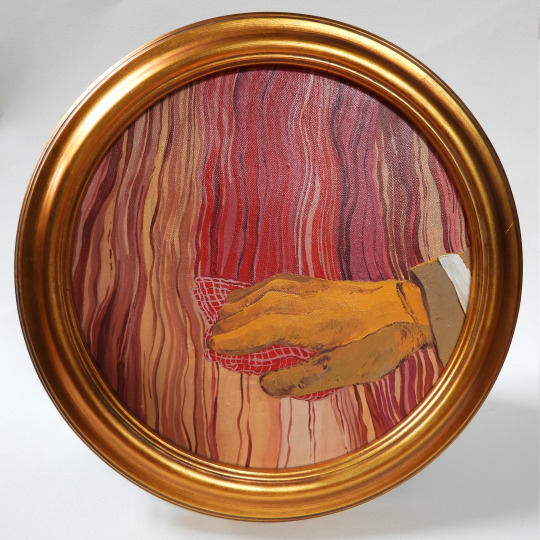
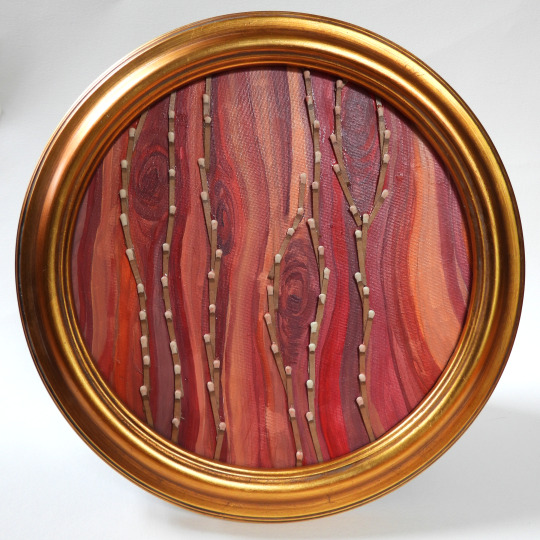
Fire suppression p.1 & p.2: “Flame Retardant” & “Building Potential” Inspired by the PEM's ‘Our Time on Earth’ exhibit
I was gladly surprised to see the exhibit’s various optimistic installations, especially the building materials of the future. As a forestry student I am beginning to understand our relationship to our forests differently. In the US, forest policy which aimed to suppress wildfires has contributed to a century-long build up of fuel that would otherwise have been cleared by controlled burns or small spontaneous ground fires. Indigenous peoples shaped the forests of the Americas to require these controlled burns. More and more I realize that indigenous knowledge and collaboration is a necessary part of the stewardship of future. A concept which is present at large at the museum but also specifically within Our Time on Earth. Getting a ‘sustainable’ amount of lumber from our forest still disregards the health and purpose of these trees to a diverse and complex ecosystem. It is essential that we diversify our building material, to include carbon-negative things like mycelium! Natural resources that are close by, and at hand in our local environment, which doesn’t require chopping down a tree 3000 miles away and transporting it to the US. We need local resources whose collective cultivation lead to a sense of community and collaboration. A better future!
My thanks to lane.m.artin for collaborating with me for p.2!
#acrylic painting#artists on tumblr#PEM#peabody essex museum#climate change#fire suppression#wild fire#TEK#Traditional ecological knowledge#controlled burning#art of mine#solarpunk#is how i would describe the exhibit but listen I am just doing my best and maybe this gallery might even see this piece in it's peripheral#and thats a win#contemporary art
122 notes
·
View notes
Text

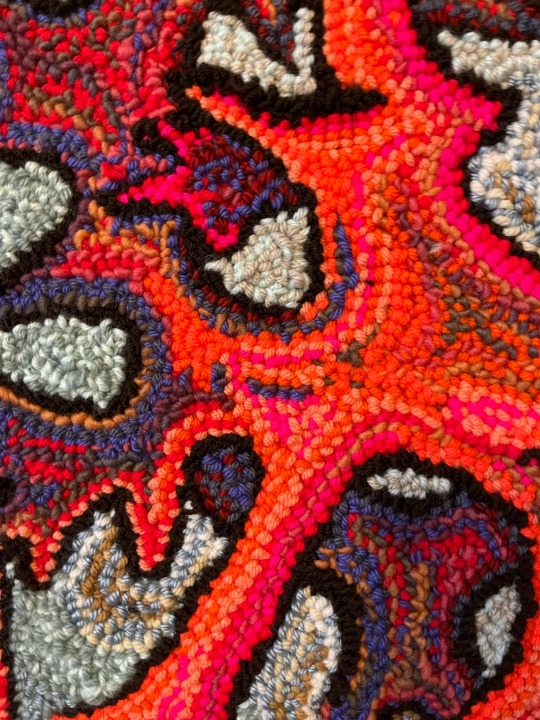
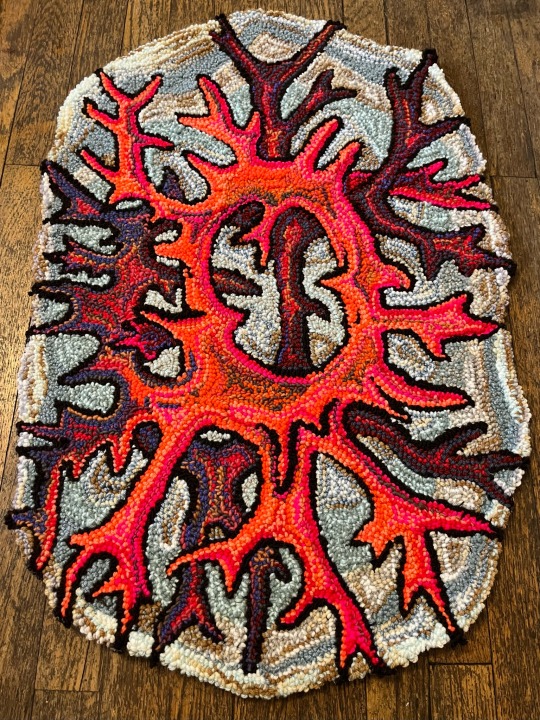
Radiozoa Floating In Cosmic Cesspool.
#artists on tumblr#trippy#grunge#scientific illustration#climate change#illustration#dark art#my art#punch needle#fibre arts#mixed media#tufting#yarn crafts#nature
103 notes
·
View notes
Text

Art by the famous sketch artist Arkás about the freakish and destructive rainstorms and floods afflicting Greece.
205 notes
·
View notes
Photo




Eddie Vedder writing “Pro-Choice!” on his arm to spread awareness during “Porch” of Pearl Jam’s MTV Unplugged appearance.
#AN ICON A LEGEND AND THE MOMENT#this is the proof that eddie was ahead of his time#eddie vedder#pearl jam#mtv unplugged#music#musicedit#90s#pro choice#nikolatexla#spreading awareness for gun violence for climate change for pro choice#this is too much for a grunge artist don't you think
2K notes
·
View notes
Text
"Do you ever feel like everything in the world is just getting worse?"

#originalart#anime illustration#anime art#anime artist#oc#climate crisis#climate change#climate action
102 notes
·
View notes
Text

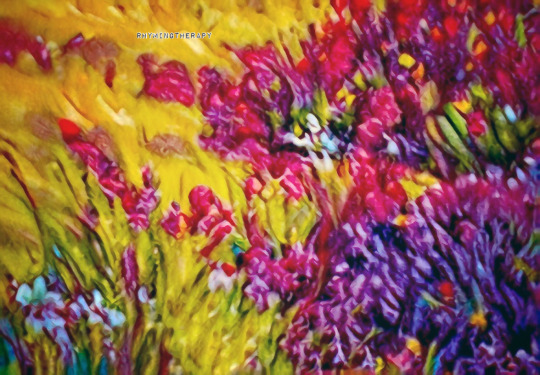
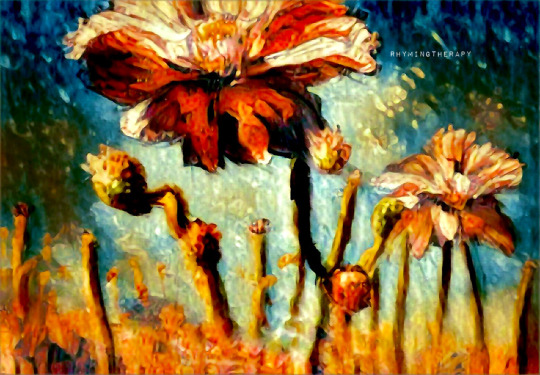

soon another window opens
—portal to the unknown
landscapes beyond the realms
of imagination
drawing ever closer
.
RhymingTherapy—August 2023 (my digital artwork) poem inspired by @writerscreed challenge “portals”
#writerscreedchallenge#poeticstories#twcpoetry#digital artwork#poetry#original art#poets on tumblr#writers on tumblr#nature#seasons#portal#climate change#artists on tumblr
344 notes
·
View notes
Photo

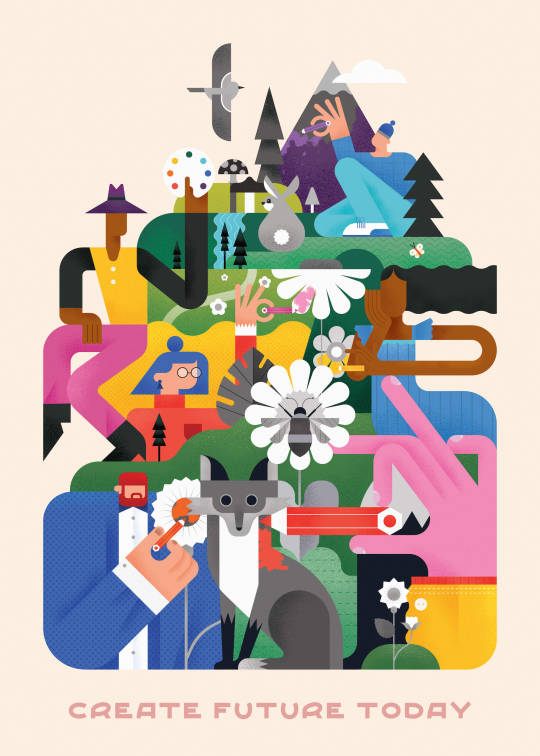

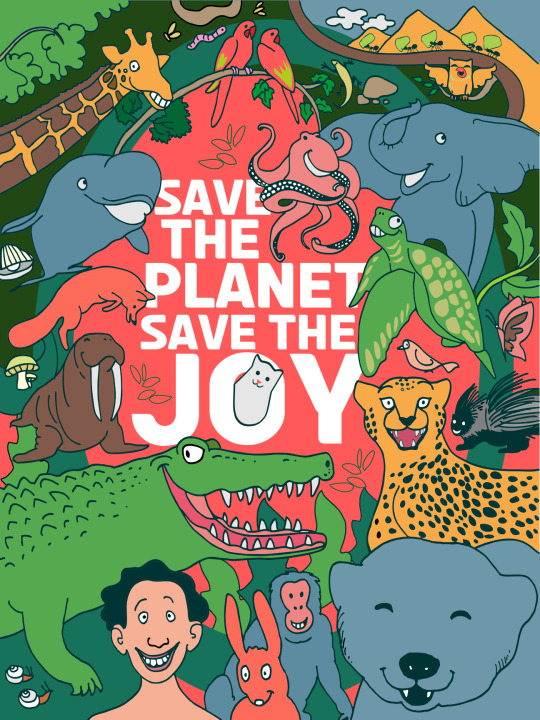
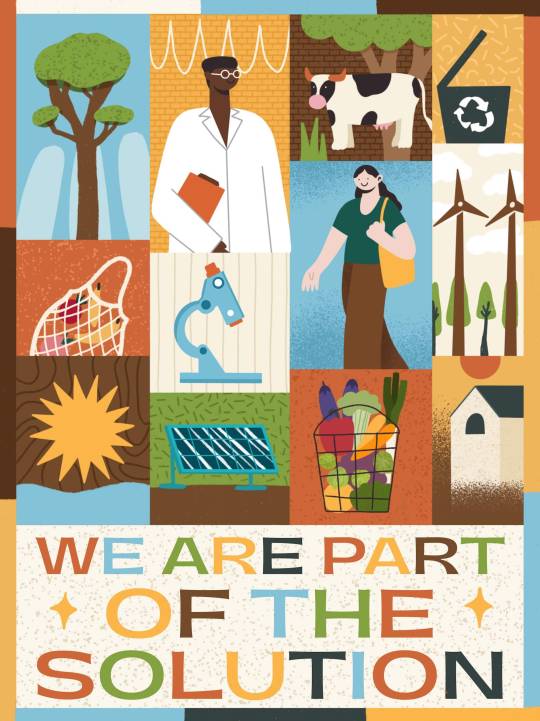

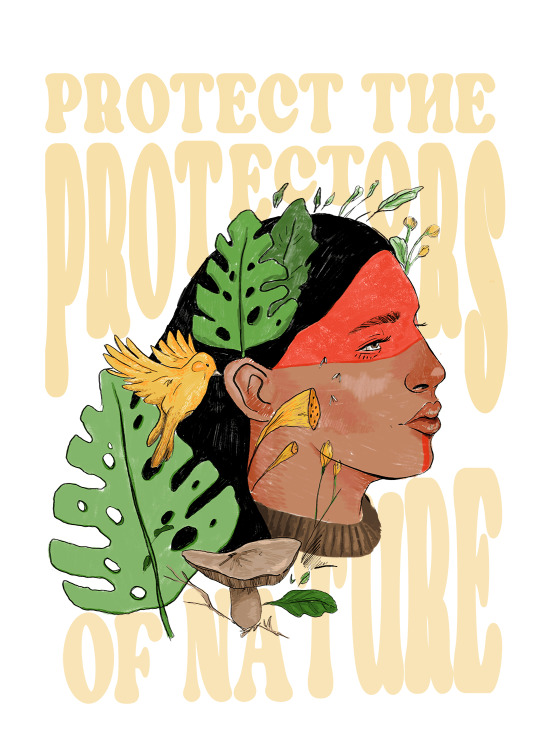
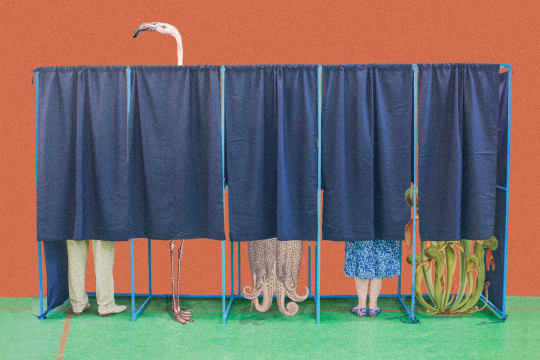
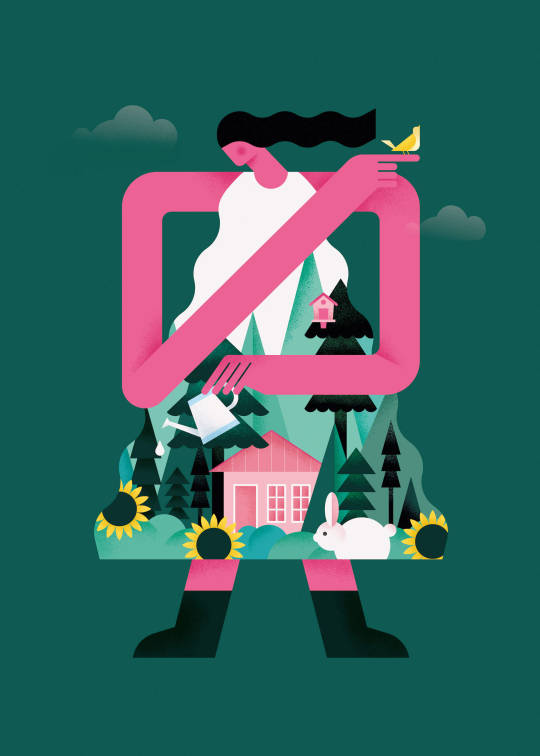

Artists for Climate, a unique collection of open-license visuals that inspire climate action. A creative collaboration between Fine Acts and TED Countdown. Learn more at ArtistsForClimate.org
Complex Problems Simple Solutions, by Ed Dingli.
Create Future Today, by Tetiana Korniichuk.
Earth Is Beautiful, by Ruchita Bait.
Save The Planet, Save The Joy, by Ojas Parkhi.
Part Of The Solution, by Yessiow Nur Mulianawati.
More Eco Less Ego, by Angela Chamorro Acosta.
Protect The Protectors of Nature, by Anna Denardin.
Voting For The Future, by Luisa Brando.
You Are Your Own Home, by Tetiana Korniichuk.
Shall We Clear The Air, by Holly St Clair.
#art#artists for climate#ed dingli#tetiana korniichuk#ruchita bait#ojas parkhi#yessiow nur mulianawati#angela chamorro acosta#anna denardin#luisa brando#holly st clair#environmentalism#climate change#climate crisis
0 notes
Text

Mother Nature has a fever. Part one.

Gabbi on 35mm Kodak Gold 200 || 2021 || Maine
#anna madsen#female artist#new england photographer#annamadsenphoto#film photographer#new england artist#analog film#fine art#goddess#art#queer cinematic#queerphotographer#queer artist#sapphic artist#sapphic#sapphic photography#sapphism#climate crisis#climate action#climate change
77 notes
·
View notes
Text
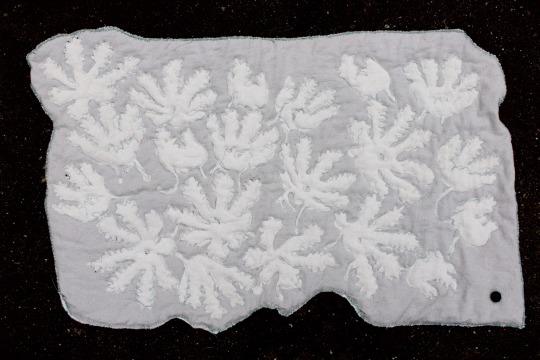

Pallid Mourning
hand dyed denim with decolorant painting, cotton batting, thread and antique glass mourning button
thinking about ways to make connection with material processes and content - i found my textile decolorant a perfect match for depicting bleaching corals, as it requires heat to make the image bleach into the fabric, the same way climate change and warming waters cause corals to bleach. The mourning button is from the 1800’s, used on clothing worn after someone has passed away.
#my art#fiber art#queer artist#quilt#free motion quilting#coral#climate change#marine biology#coral reef
132 notes
·
View notes
Text
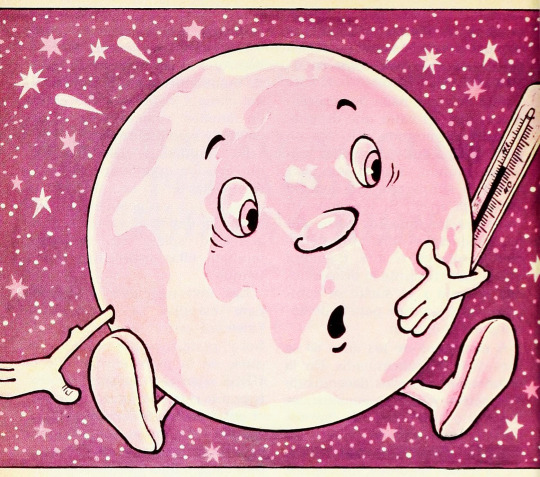
Vladímir Sviridov, ''Sputnik'', #7, July 1981
Source
36 notes
·
View notes